Want to know more about the best things to see in Iraq? Read on to explore the unparalleled history of and tourism in Iraq!
Arguably, few places in the world come close to matching the historical significance of the area that is modern-day Iraq. For nearly 6000 years, Iraq has been home to continuous civilization that has shaped, and continues to shape, the trajectory of world history.
The history of Iraq begins in 3800 BC, with the creation of the first large-scale civilizations in human history. Before the Islamic era, it was home to numerous empires, and throughout the middle ages, Baghdad became the center of world thinking and literature. Concepts that have shaped humanity’s entire understanding of the world, such as time, algebra, and farming, were first invented here.
Yet, over the last fifty years, Iraq has gained attention in mainstream media not for its discoveries, but for its destruction. A range of wars, from Saddam’s Hussein’s Iran-Iraq War, the Gulf War with Kuwait, the American invasion of Iraq, and the rise of ISIS, meant that this area of the world was unstable for more than half a century.
However, today, Iraq is more stable than it has been in decades, and tourism in Iraq is finally open again. It is the perfect time to explore the incredible diversity of history, sites, and cultures that this country has to offer.
Read below to find out the top ten best things to see in Iraq to explore all that this incredible country has to offer:
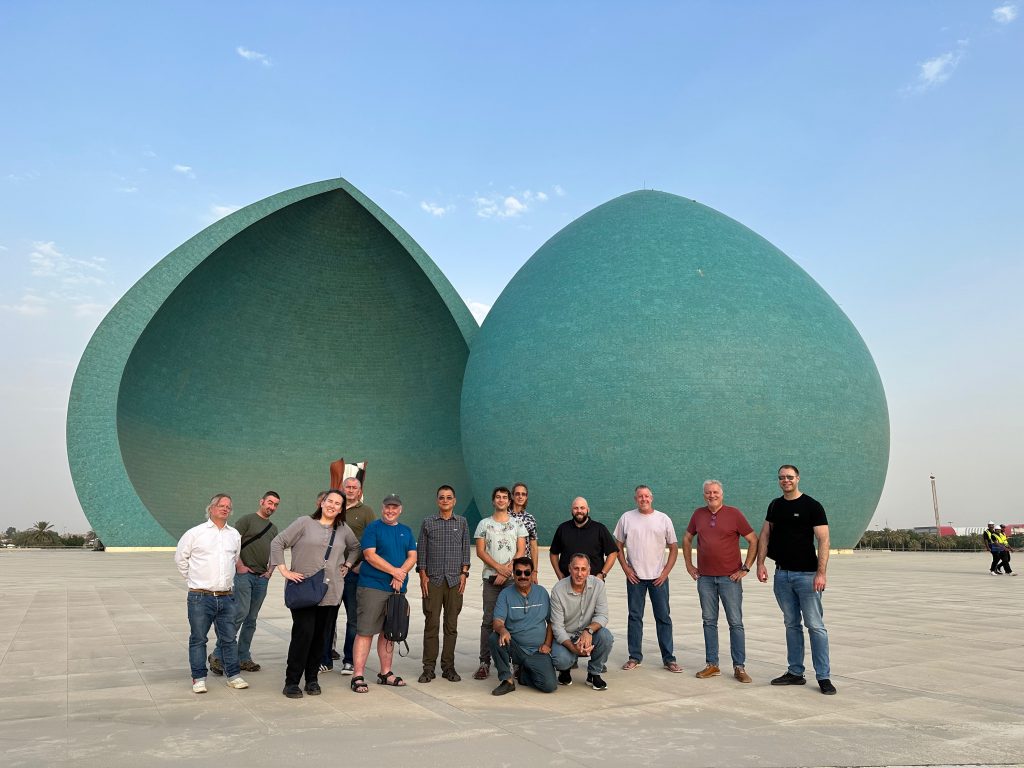
10. Baghdad Copper Market and Old City – Al Safafeer
As the oldest continuously-operated market in the world, the AlSafeer copper market in Baghdad allows you to truly step back in time. First founded in the year 800, this part of Baghdad still maintains its 1200 year old charm.
While Europe experienced the middle ages, the old city of Baghdad was at the height of intellectual development. By the time AlSafafer was built in 800, Baghdad was often hailed as “the greatest city on Earth”, a title which it maintained throughout its Golden Era until the early 12th century.
Within the old city, elements of this golden era of advancement are still visible. While strolling through the copper market, you can still see artisans practicing the once-groundbreaking act of copper smoothing. On the neighboring Al Mutanabbi street, the plethora of bookstores, many of which are hundreds of years old, speak to the intellectual foundation of the city.
No visit to Mutanabbi street is complete without a stop at the Shabandar Cafe, which has been a popular spot for meetings of the present-day Baghdad intellectual community for over 100 years.
As you wander the streets, you’ll pass by the grand Al-Mustansiriya Madrasa. Founded in 1227, it’s often considered to be the oldest university in the world, founded at the height of the Baghdad intellectual movement.
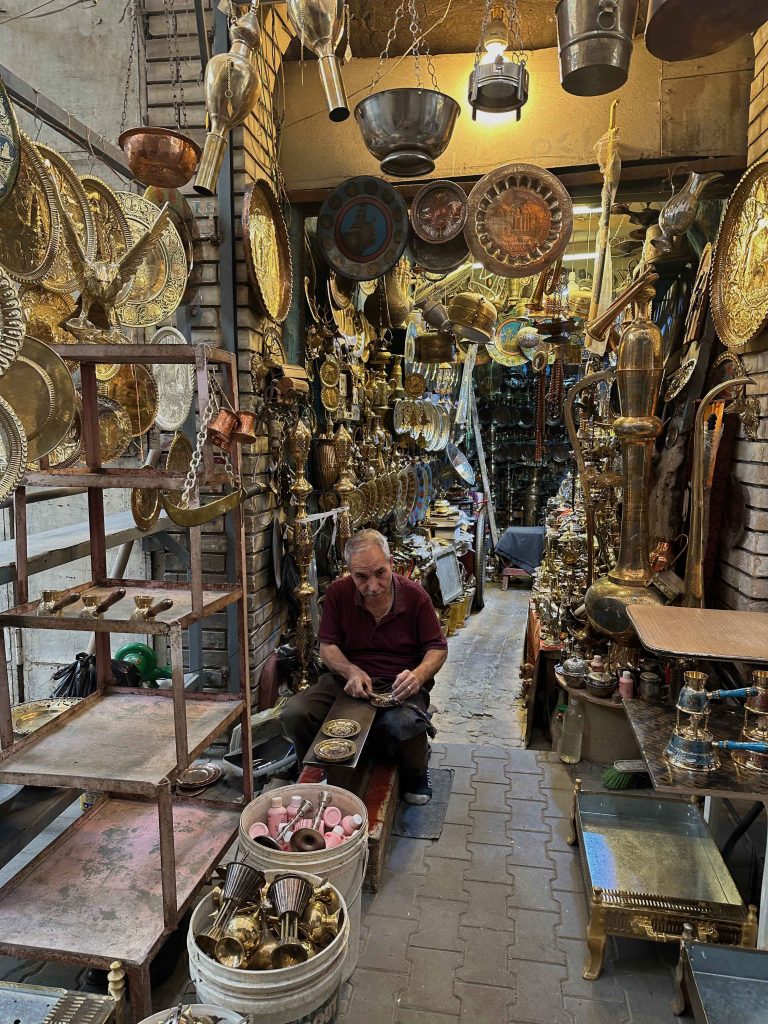
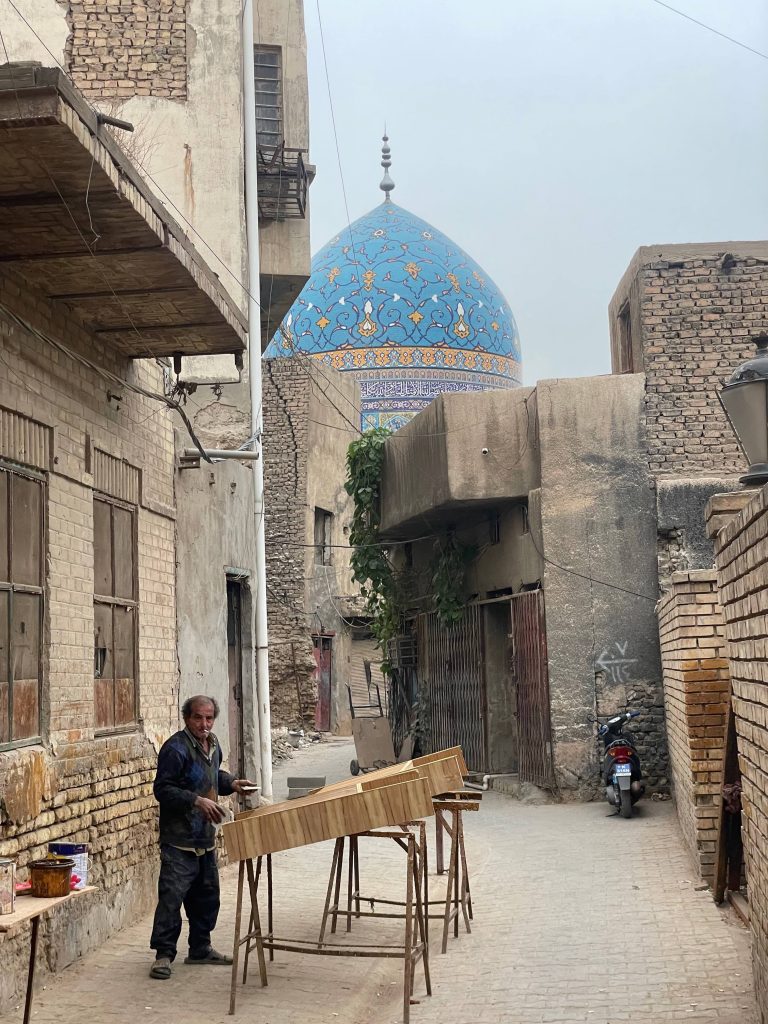
9. Mosul
Once home to the ancient city of Nineveh, Mosul was the largest city in the world for much of the BC era.
It later became home to numerous important Christian figures, including the Apostle Thomas, who spread Christianity throughout the region of Mesopotamia.
Yet in recent years, Mosul has become known as the home of the infamous terror group the Islamic State of Iraq and Syria (ISIS). For the first time in the last decade, Mosul has once again become safe for tourists.
Unfortunately, much of the city has been completely destroyed by ISIS, including the famous Al-Nuri Mosque, the Church of St. Toma (built at the site of the house of the Apostle Thomas) and the ancient site of Nineveh.
Even though many consider it to be a city of ruins, Mosul is undoubtedly worth exploring to see the reconstruction and rebuilding of heritage, history, and human spirit. Today, the city is alive with thousands of local workers and volunteers, who are working tirelessly to restore and rebuild their once-glorious city.
Mosul truly gives tourists a glimpse into the spirit of the Iraqi people and the ways in which modern history and atrocities have shaped, but not broken, the nation.
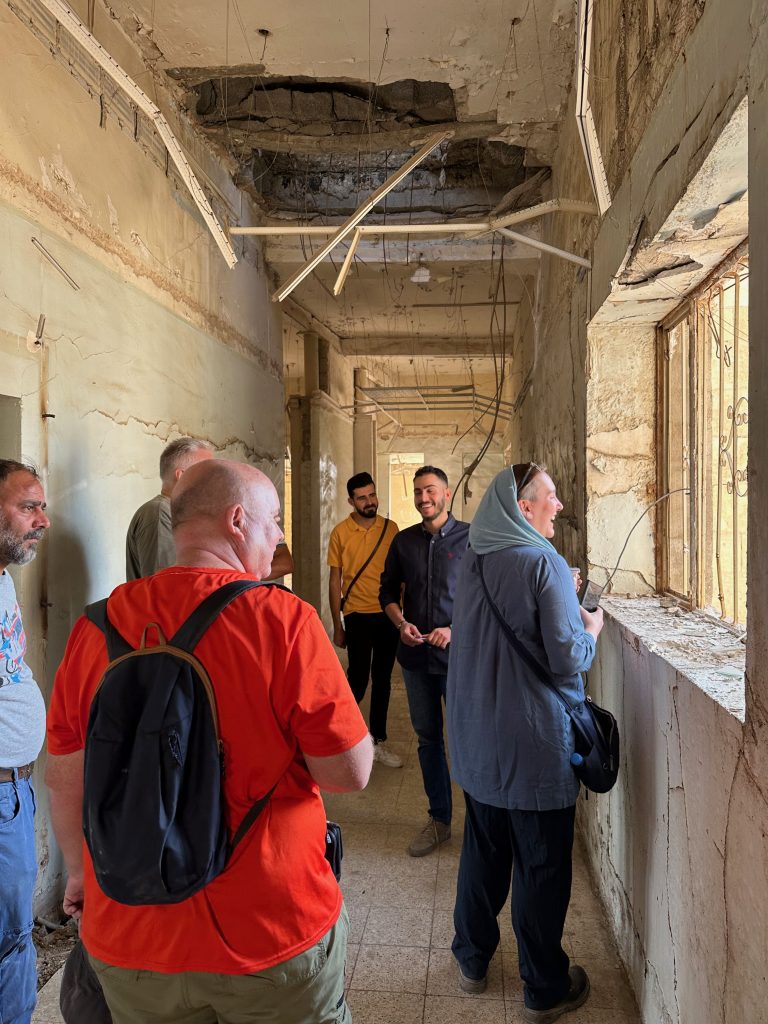
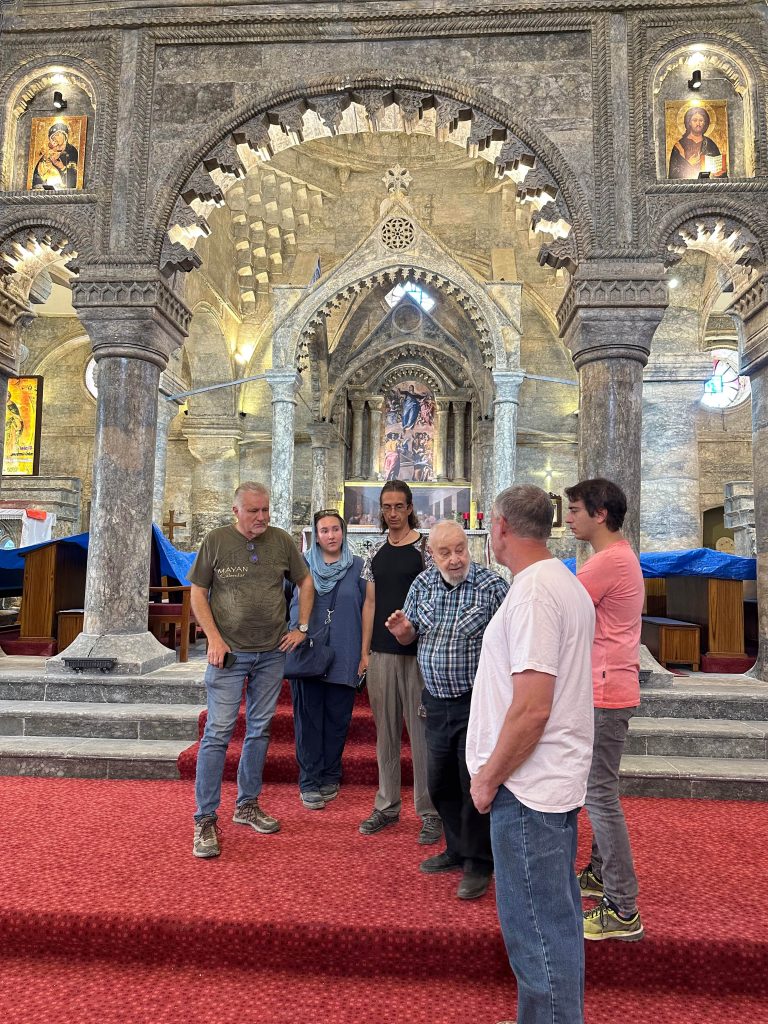
8. Iraq Museum
To get a true understanding of the scope of Iraqi history, no trip to Iraq would be complete without a stop at the Iraqi National Museum. Even though the museum has been looted and important items have been taken by more powerful nations, the Iraq museum still contains one of, if not the most, complete and impressive collections of ancient artifacts that take you through the history of Iraq, and all of human civilization.
As a visitor to the Iraq National Museum, you can also avail the use of its free guide service, where history graduates of the national university will guide you through the massive collection at no additional cost.
For history buffs, the National Museum is undoubtably one of the most informative and best things to see in Iraq!
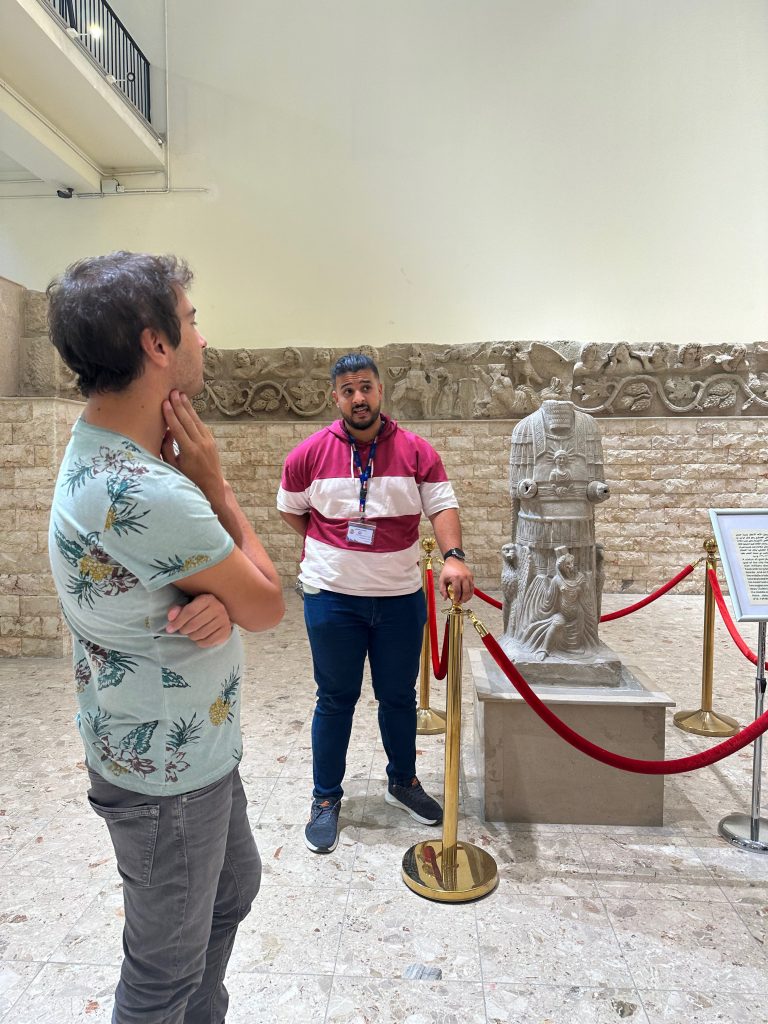
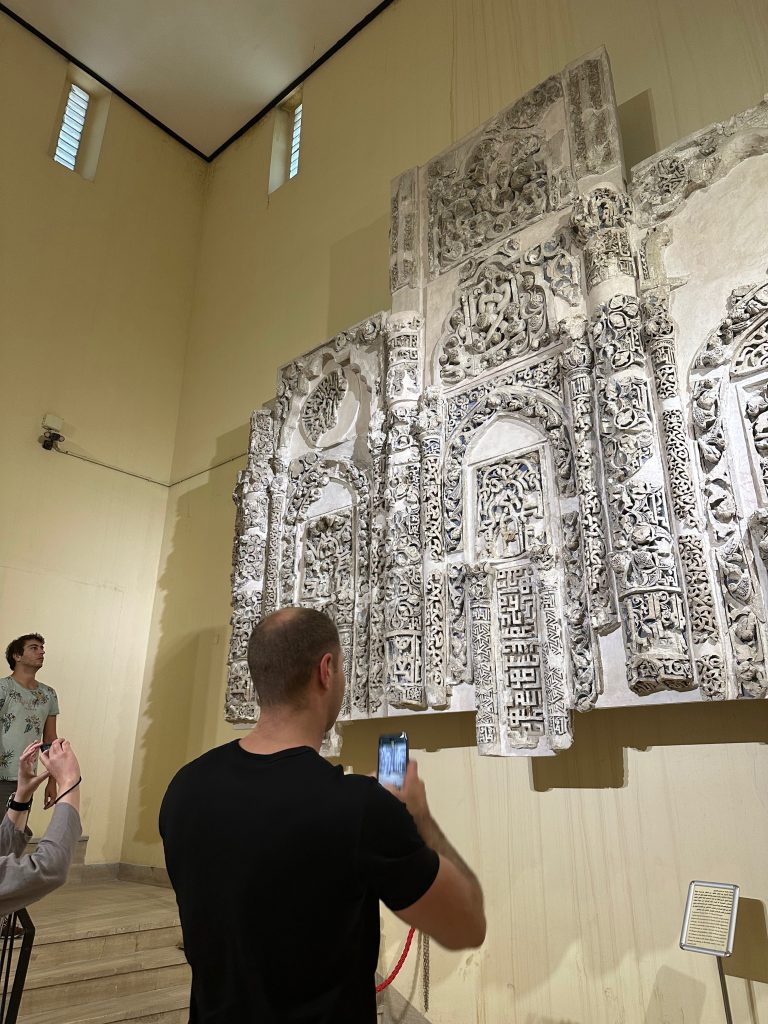
7. Saddam Hussein’s Abandoned Palaces
Saddam Hussein, Iraq’s infamous leader from 1979 to 2003, was no stranger to opulence. As part of his grand vision of himself as a god-given leader of the glorious Iraqi nation, he built more than 100 palaces throughout the country.
Today, most of these palaces have been controlled by the present-day Iraqi military. However, one of the most easily-accessible palaces still remains completely abandoned and open to the public, and it offers a perfect glimpse into the lifestyle and mindset of one of the late 20th century’s most excessive and ostentatious rulers.
Near the site of ancient Babylon, Saddam’s abandoned Babylon palace is free to explore. Here you will see just one of the ex-ruler’s palaces of excellence, complete with ceiling murals that highlight his self-proclaimed importance in the trajectory of world history.
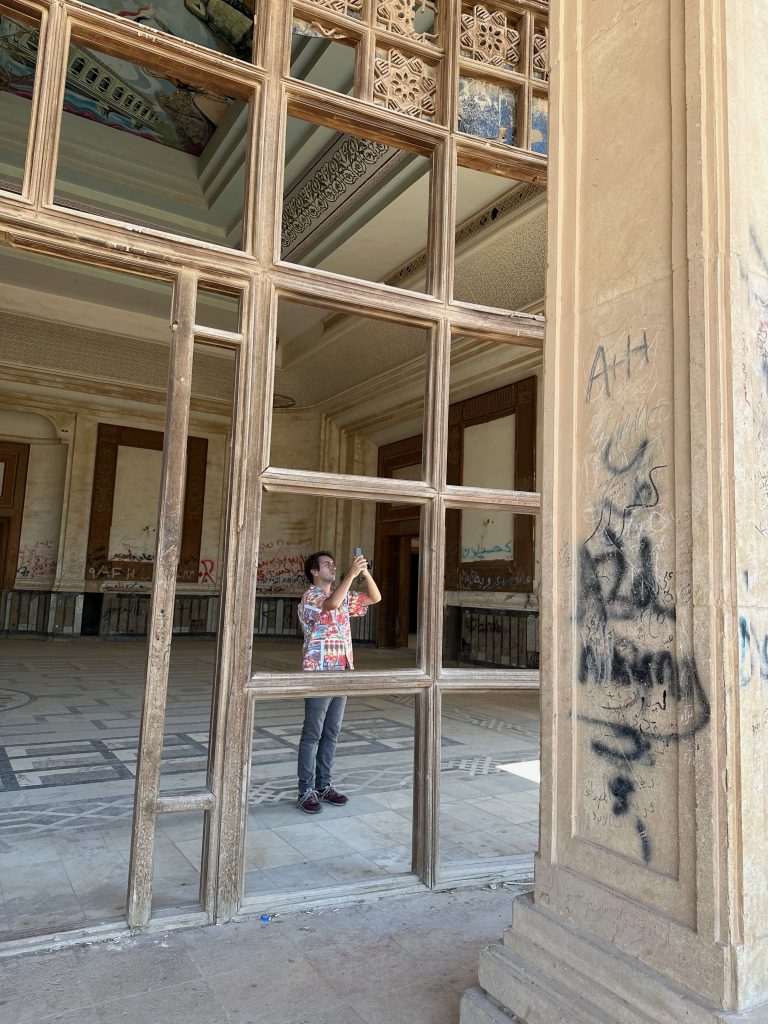
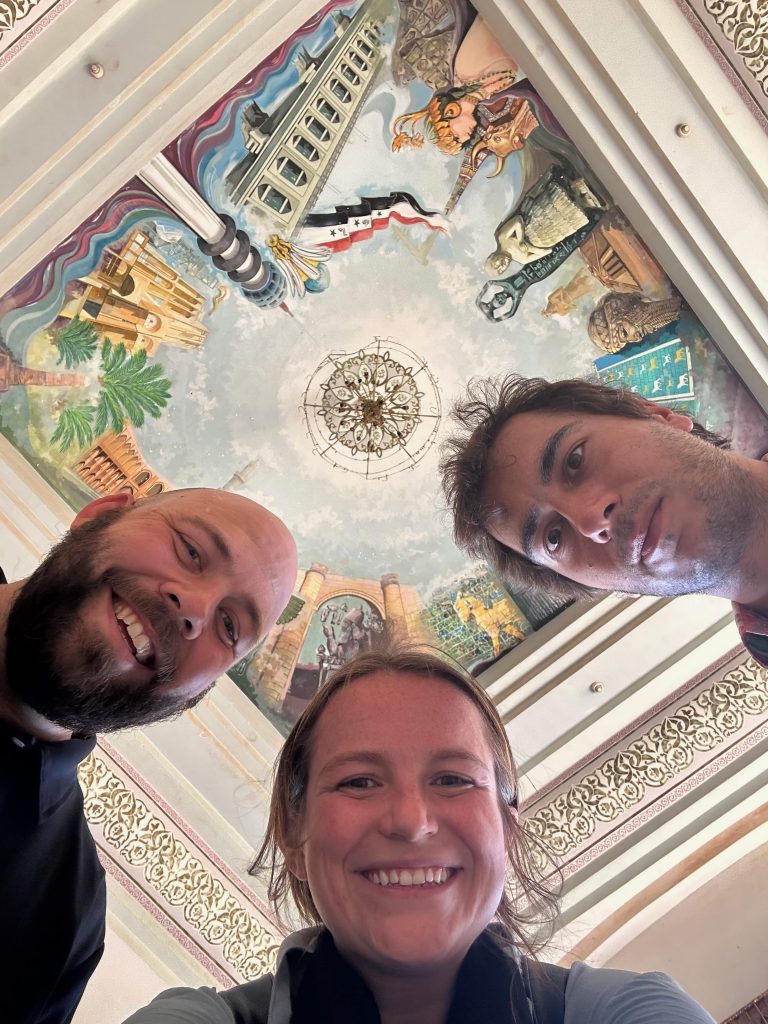
6. Ur
Near the southern city of Nasiriyah lies the ancient city of Ur. While excavations are still under way, the massive Ziggurat of Ur has been completely unearthed.
Once the center to the kingdom of Ur, this ziggurat was the center of the world’s oldest civilization and was built nearly 6000 years ago.
Some archeologists here even believe this was the site of the first home of the prophet Abraham, founder of the Abrahamic religions.
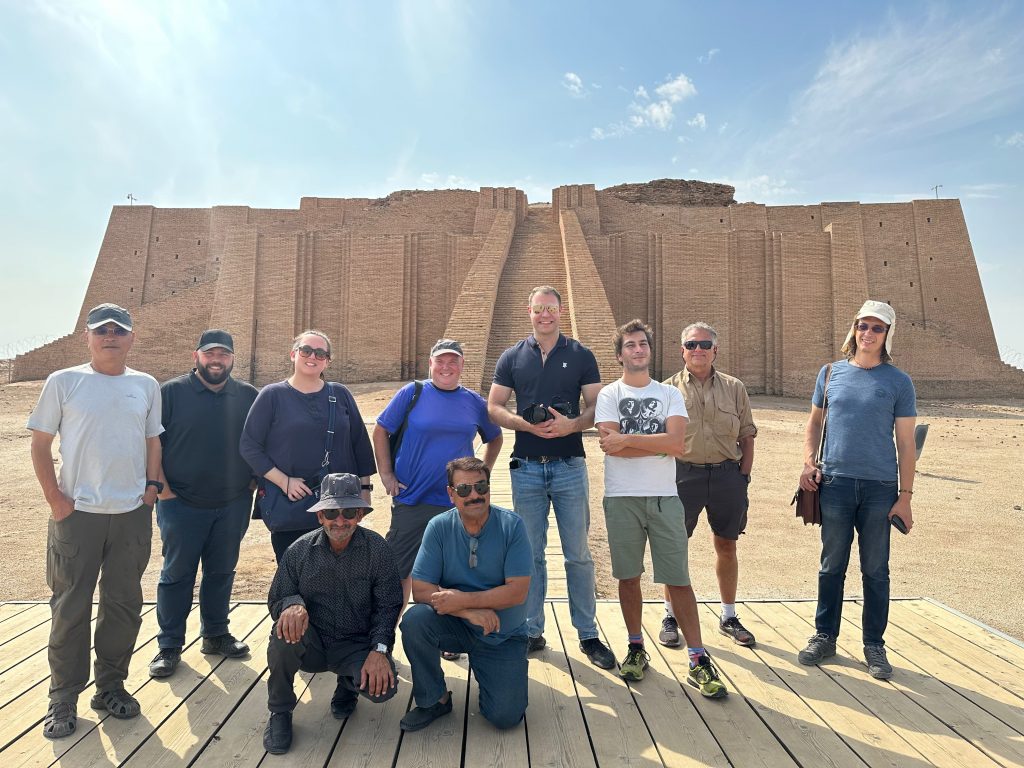
5. Minaret and Palaces of Samarra
The now-small village of Samarra was once home to one of the most important cities in the world during the Abbasid period.
Built in the year 848, the Great Mosque of Samarra was the largest mosque in the world, with a minaret that towered a massive 52 meters above the city.
After visiting the Minaret of Samarra, a visit to the little-known Royal Palaces of Samarra gives a much better view of the pure grandeur of the city, and a lack of other tourists means that this massive palace complex, built to house the Abbasid caliphs of the time, is completely free to explore. If you are looking for places that are rarely seen by other tourists, this is undoubtably one of the best things to see in Iraq!
Additionally, exploring this area gives an important glimpse into the more modern history of Iraq that took place during the Iraq War. Samarra is located near the city of Tikrit, the hometown and Saddam Hussein, and was home to some of the fiercest fighting during this 9 year war. The only way in and out of Samarra is on the so-called “highway of hell”, once-known for its unmatched use of improvised explosive devices (IEDs).
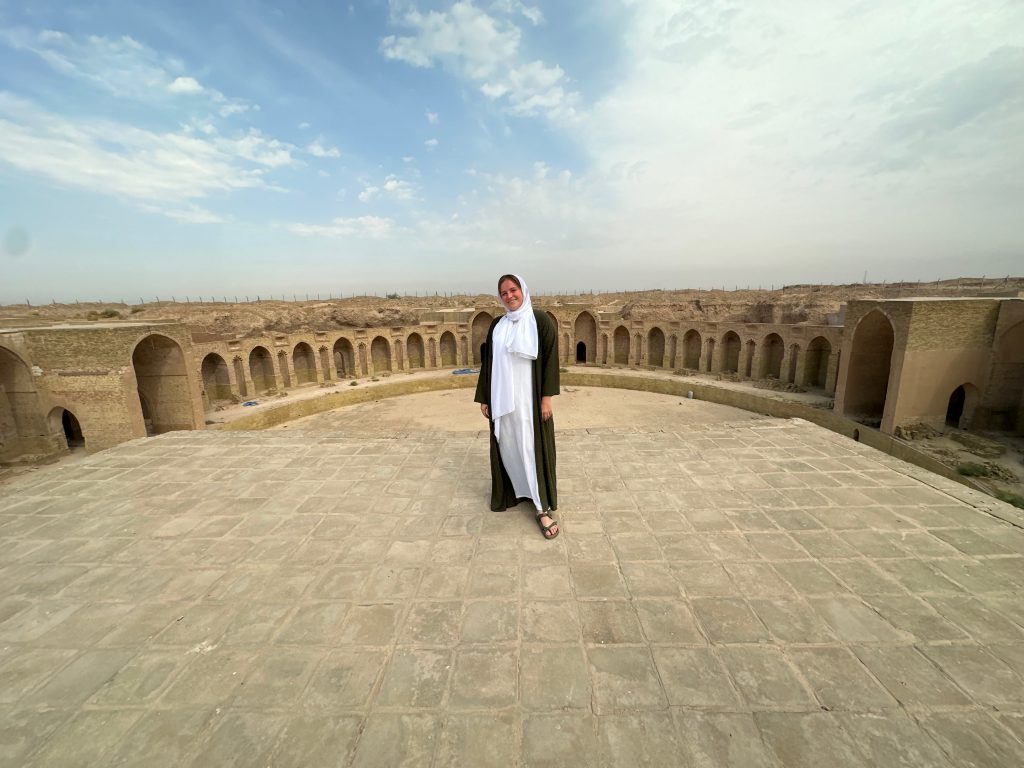
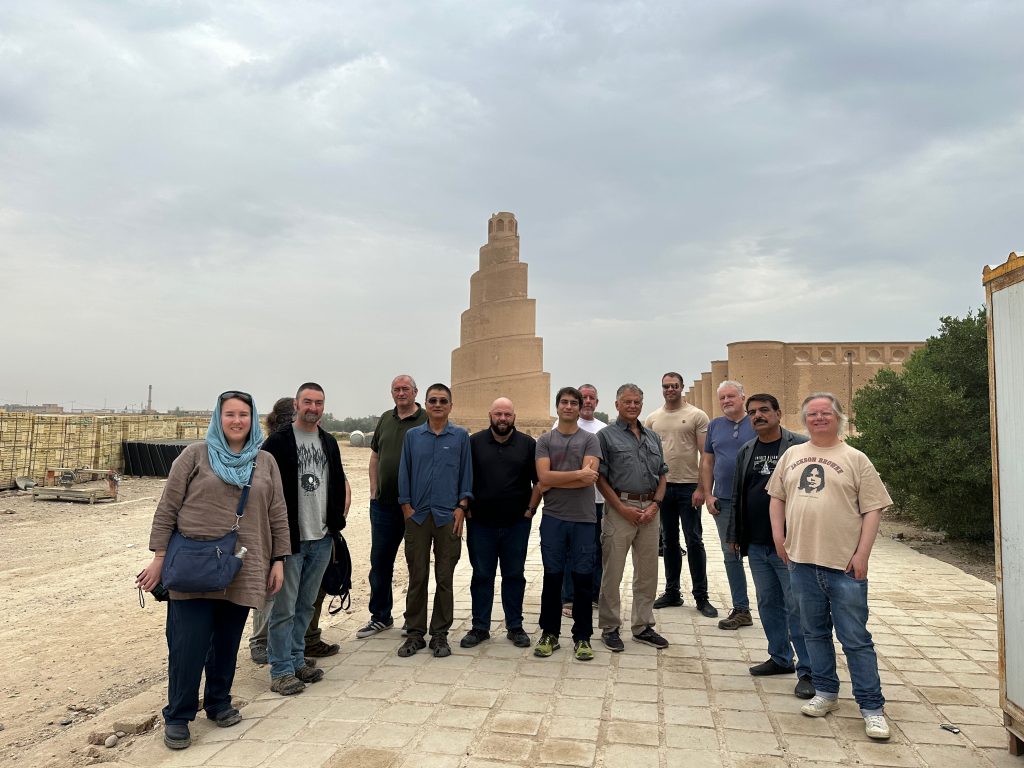
4. Karbala and Najaf
While many think of Iraq only in the context of ancient history and modern day warfare, the cities of Karbala and Najaf are some of the most significant places in the world for millions of Shia Muslims.
Karbala and Najaf are arguably two of the most important cities in Islamic history, as the battle at Karbala, in which Imam Hussein, a direct descendent of the prophet Mohammed, was killed in battle. This finalized the divide between Sunni and Shia Muslims, and today, Karbala and Najaf continue to hold the titled of the most-visited pilgrimage site in the world for Muslims, with more Shia pilgrims visiting these two cities each year than the number of total visitors to the holy cities of Mecca and Medina.
In many ways, Karbala and Najaf have experienced a different fate than the rest of war-torn Southern Iraq. Due to strict vigilance from Shia militia groups, these two cities have remained safe havens throughout decades of war, with conflict rarely reaching these holy cities.
No visit to southern Iraq would be complete without joining the constant crowds of millions of Shia pilgrims. Unlike Mecca and Medina, non-muslims can visit both cities, and they can even enter the Shrines of famous Shia Imams, where you can witness the intense devotion garnished by millions of pilgrims to these cities.
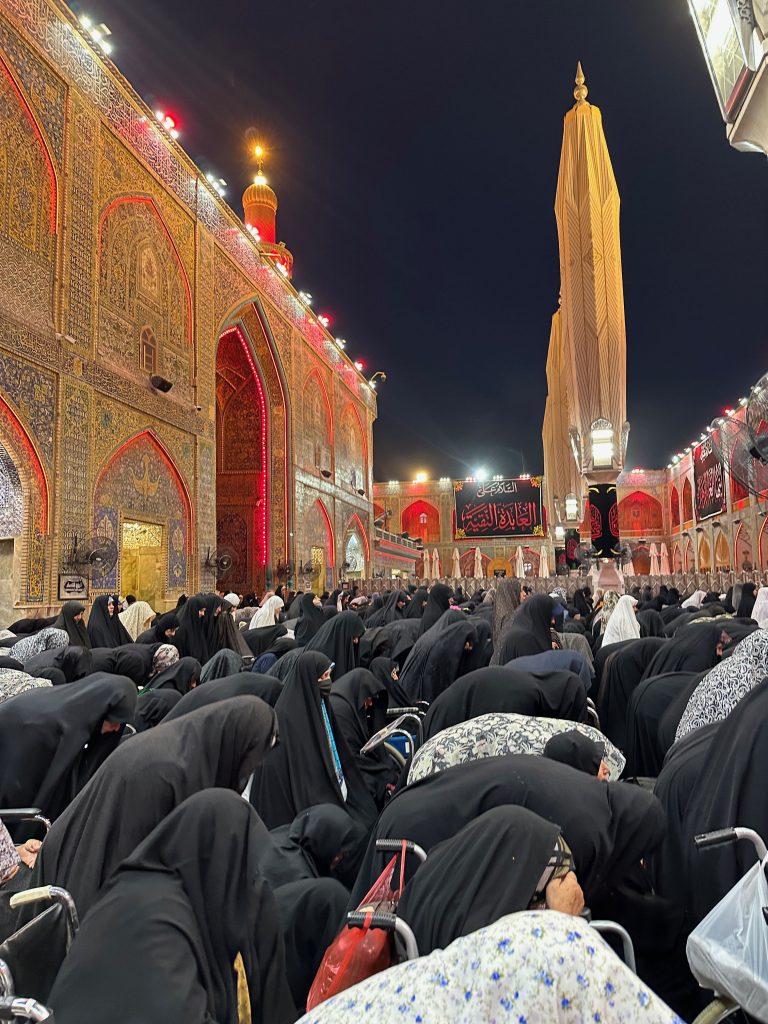
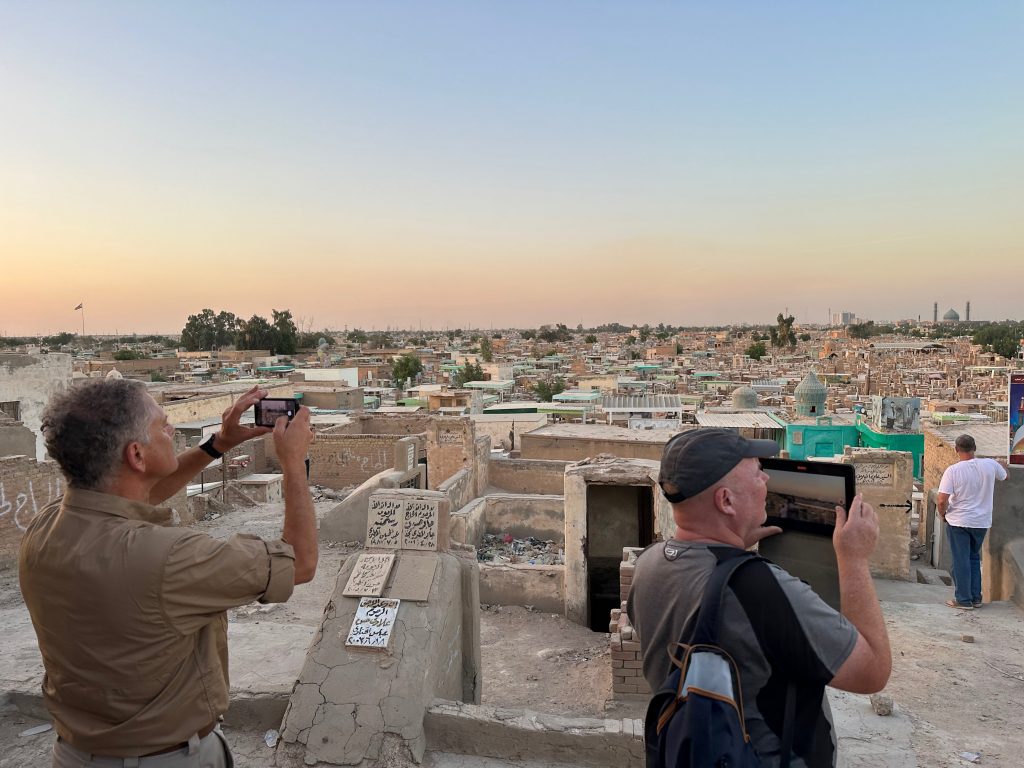
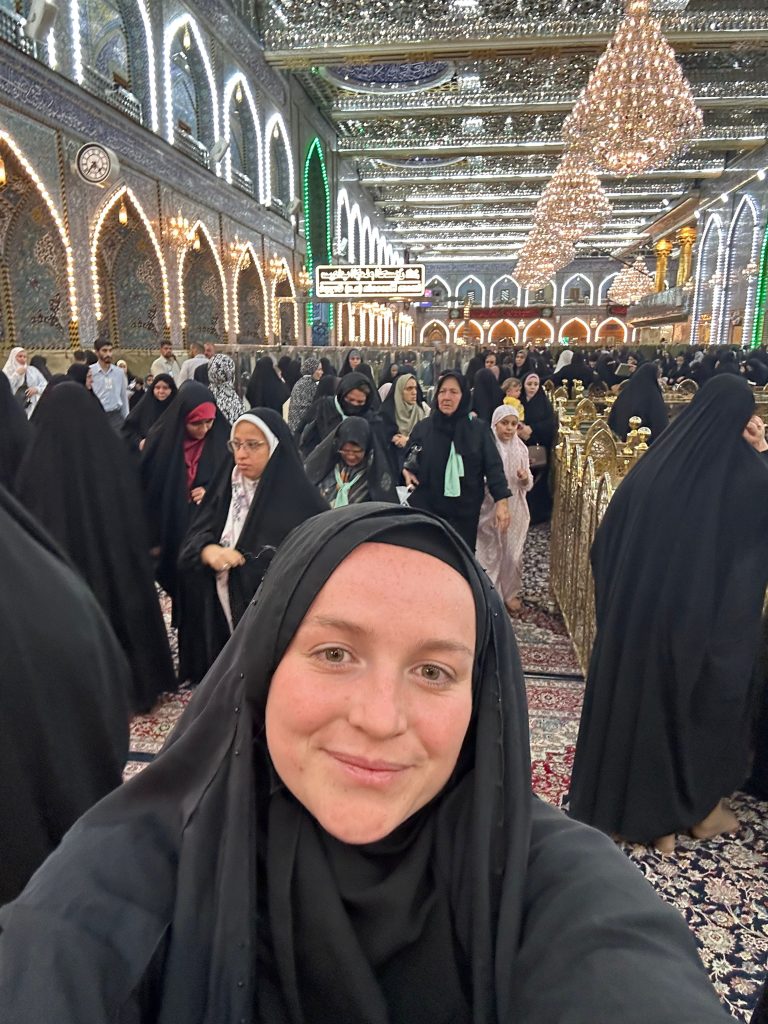
3. Marshes of Mesopotamia
As the home to the cradle of civilization, the South of Iraq was once covered in fertile soil, lush marshlands, and sprawling rivers.
The descents of the original mesopotamians, known as the marsh Arabs, or the Ahwaris, lived for thousands of years in the fertile crescent of Mesopotamia. Unlike the bedouin populations of the desert, they lived in reed houses, raised water buffalo, and relied on a network of boat-powered transportation through the marshes. The culture of the Marsh Arabs is so strong that they have distinct genetic patterns and even speak a unique dialect of Arabic that is little-understood by other Arabs.
However, during the mid 1980s, Saddam Hussein drained more than 90% of the marshes that covered Southern Iraq in response to an uprising against him led by a group of Marsh Arabs. This caused irreversible damage to both the culture and the ecosystem of the entire southern part of Iraq, causing near-complete desertification of this once fertile region.
Once home to more than 500,000 marsh Arabs, there are fewer than 20,000 marsh Arabs still living in the marshes of Mesopotamia. While visiting Iraq, you can still experience the once-flourishing life in the marsh regions, althoug many doubt if this culture and way of life will be able to persist much longer.
No trip to Iraq is complete without a visit to the marshes, where local tribesmen will take you to their reed houses via boat, and you can try to national dish of Iraq, known as Masgoof. It is chargrilled carp from the marshes, and it is also one of the oldest known recipe in the world, having first been written down during the first civilizations of mesopotamia.
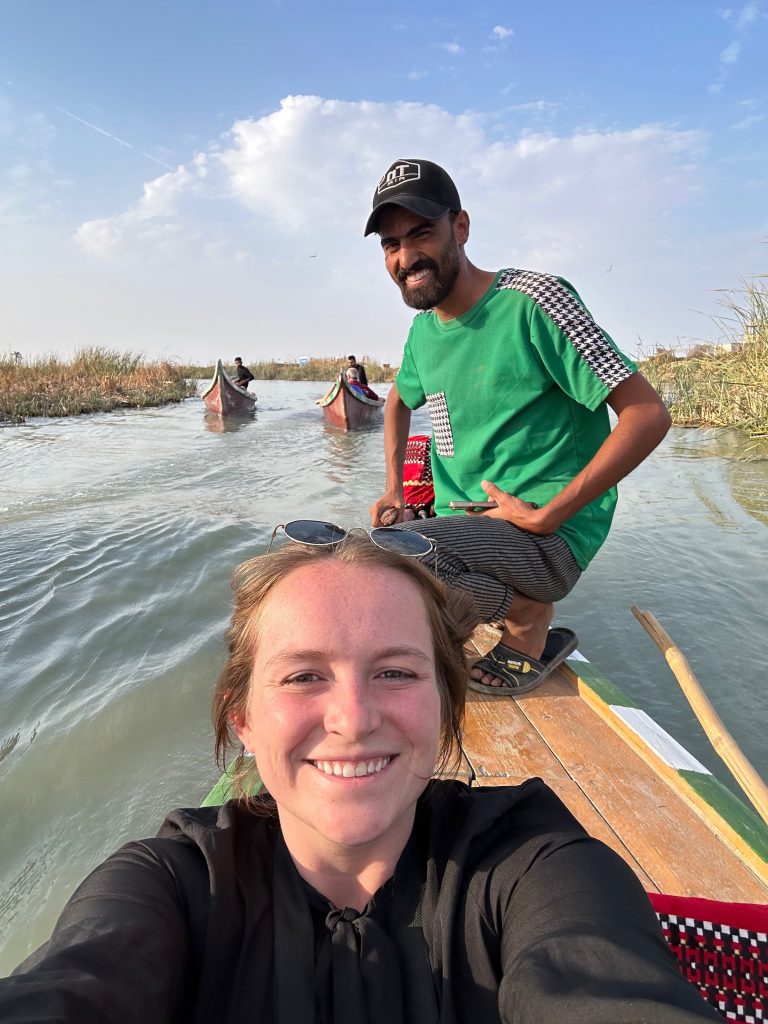
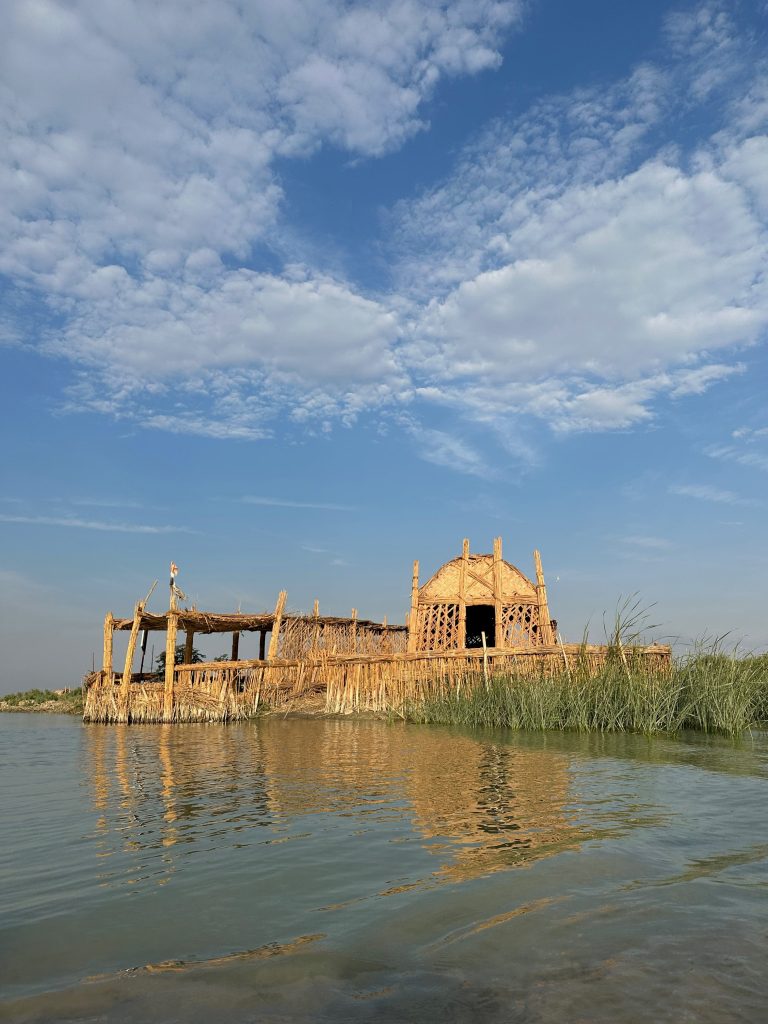
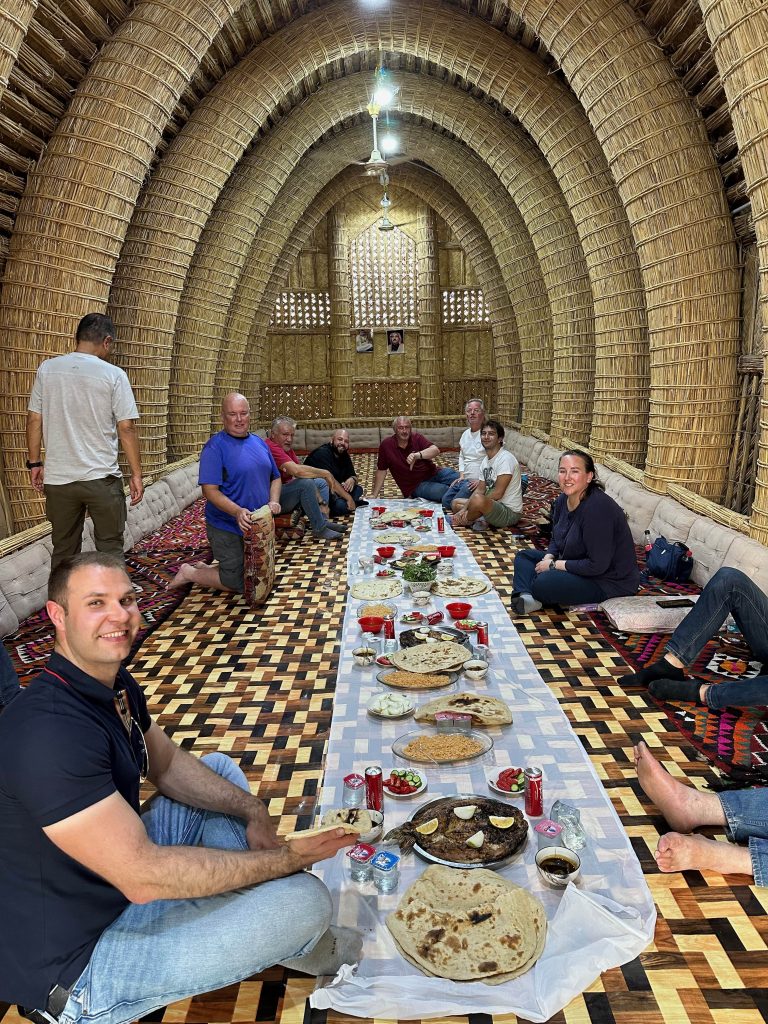
2. Hatra
The ancient city of Hatra, located between the Roman and Sassanid Kingdoms in the 2nd century, is arguably one of the most impressive and best-preserved ancient kingdoms in the world today.
While it was taken over by ISIS during its reign in early 2015, the ruins of Hatra, unlike its neighboring city of Nineveh, were left largely intact by the terror group, minus the destruction of some statues with faces.
Today, Hatra remains one of the most-unique ancient cities to visit in the world because of its relative “untouched” status. Because of recent conflict in the area, there are little to no tourists, and you’ll likely have the entire city to yourself for exploration.
One important thing to note, is that because of ISIS’s reign of terror against non-Islamic historians and archeologists, most experts of the site fled the region or were killed, and it truly remains an abandoned, albeit glorious, relic of ancient history in the middle of the desert.
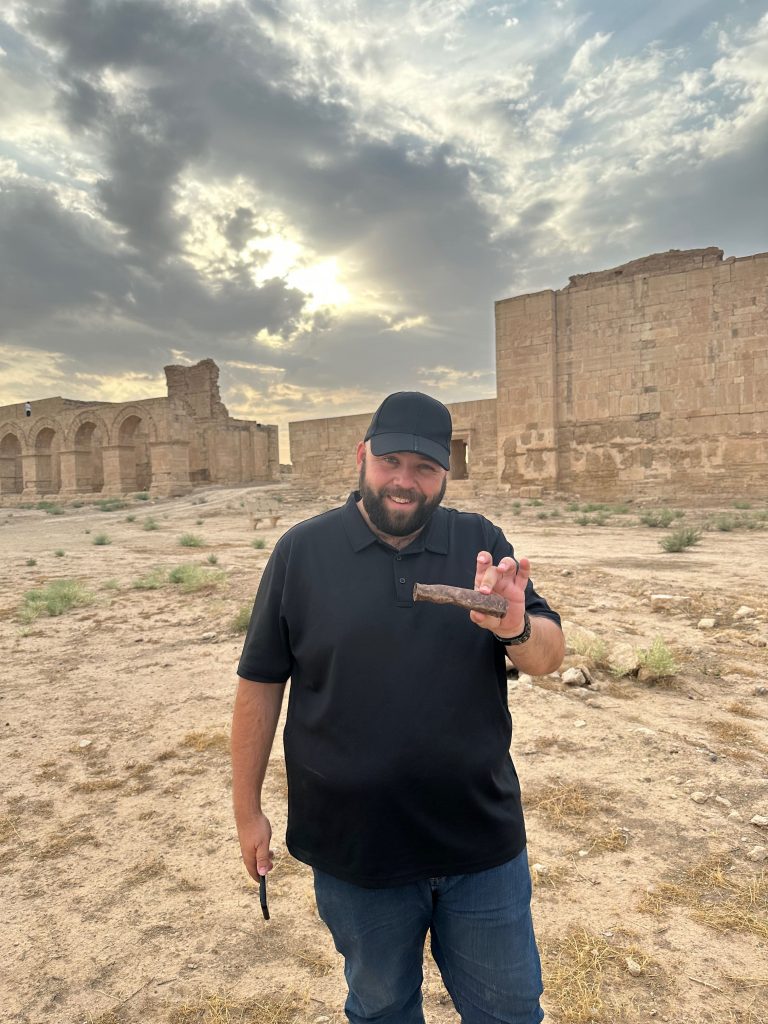
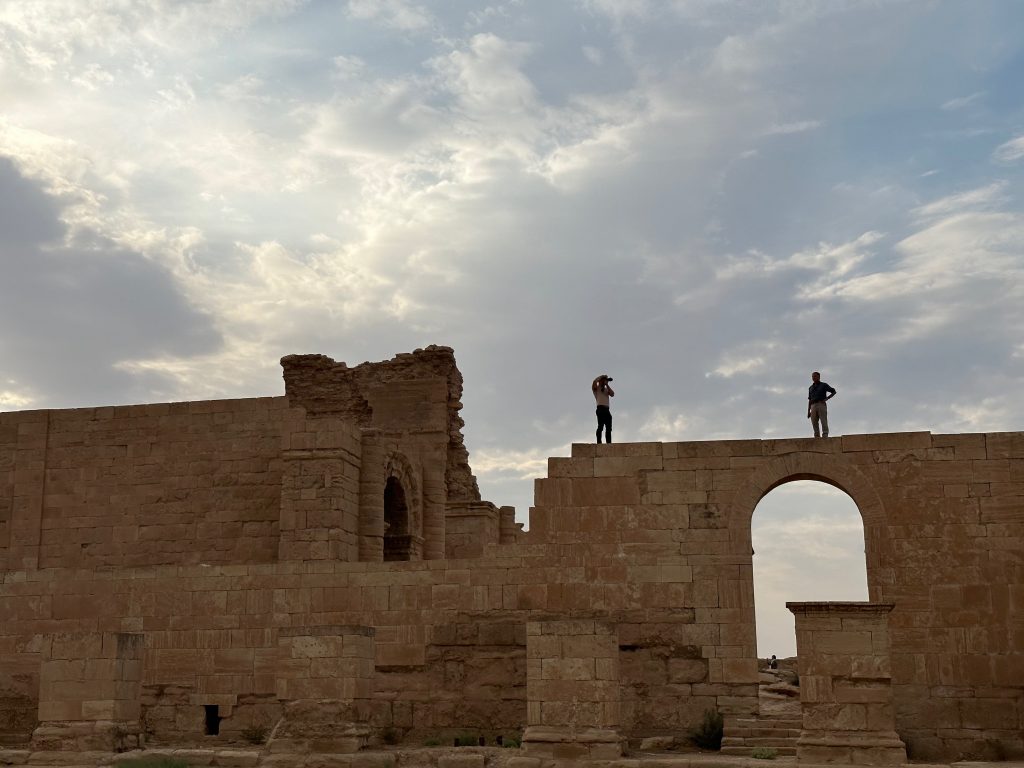
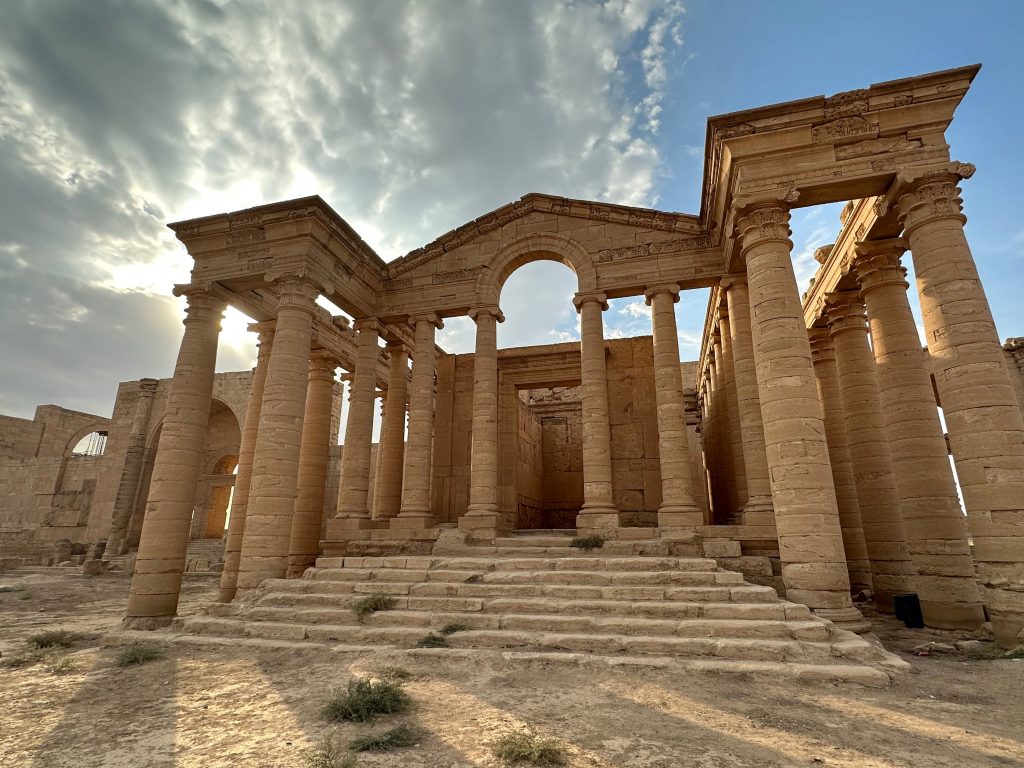
1. Babylon
The ancient kingdom of Babylon, built by King Nebuchadnezzar, was among the original seven wonders of the ancient world. It was a site of true glory and numerous moments and sites of massive historical significance: from the death of Alexander the Great in the courtyard of Babylon to the biblical tower of Babylon.
Today, the ancient site of Babylon is partially restored, and partially reconstructed as part of Saddam Hussein’s vision of glory. Within Babylon, you can see ancient bricks, inscribed by Nebuchanezer himself, as well as bricks added by Saddam Hussein, which re-state the inscriptions made by Nebuchanzer but list Saddam Hussein as the “leader of the glorious nation of Iraq”.
Babylon is a truly a site for all history buffs, and it captures the way in which Iraq’s tremendous, and often tumultuous history, has continued to build upon itself throughout empires, leaders, and generations. It is undoubtably one of the best things to see in Iraq!
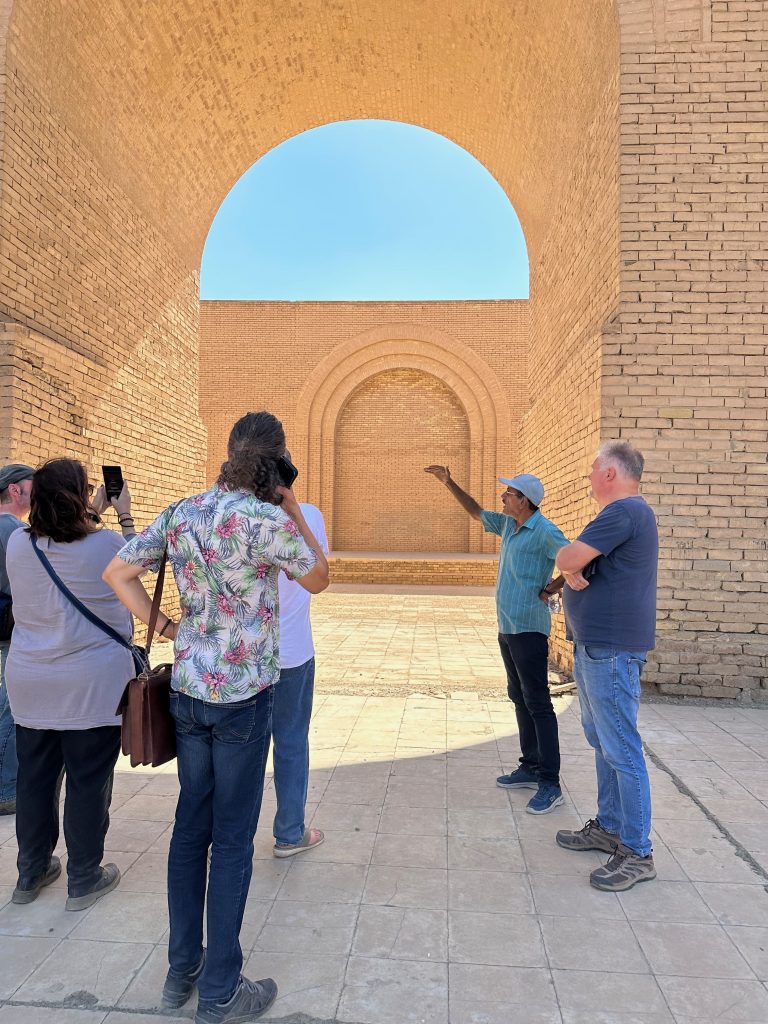
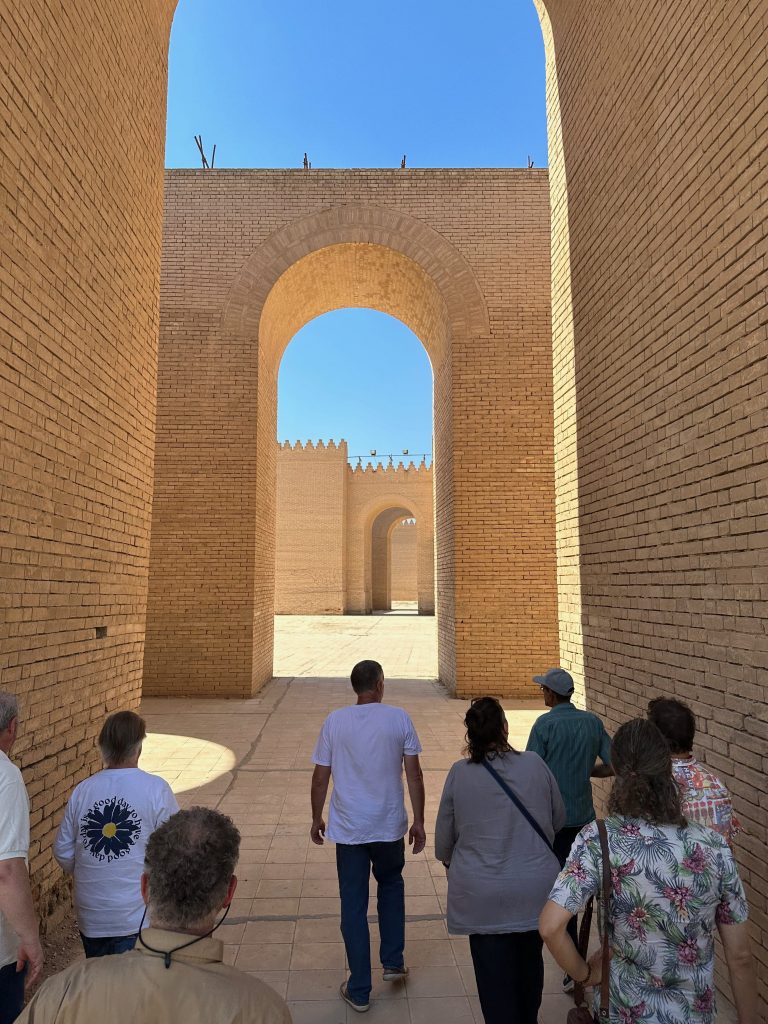
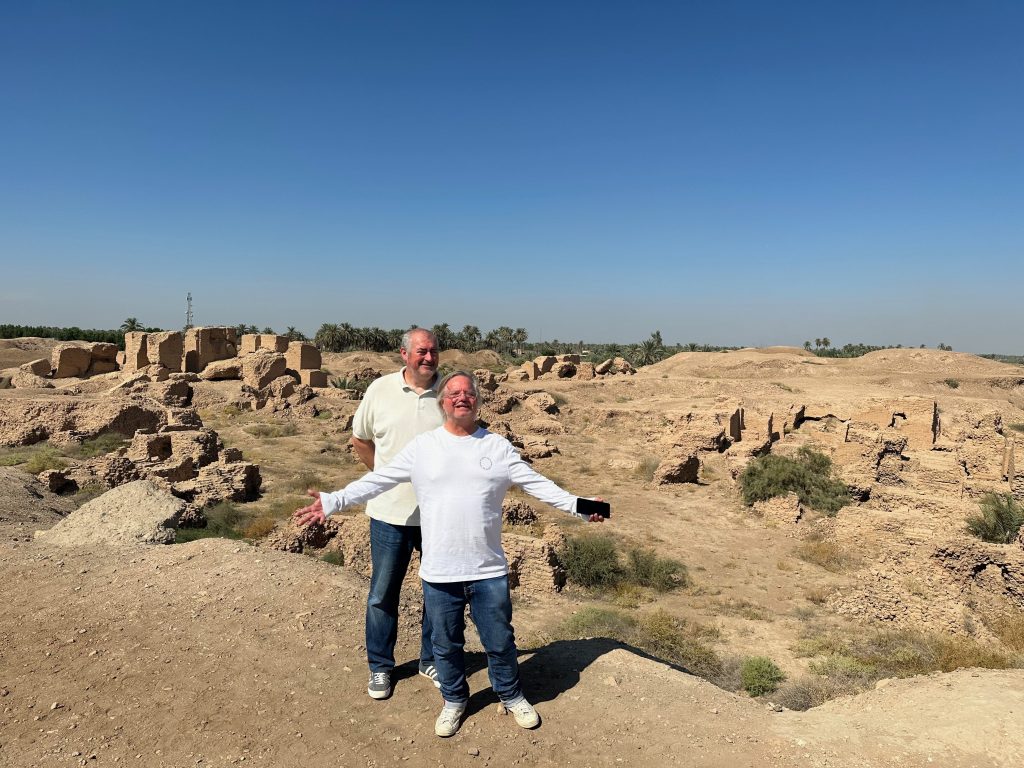
Interested in visiting Iraq? On our tours to Southern Iraq, YPT visits all of the best things to see in Iraq, and more! Check out our upcoming tours here, and see the truly marvelous history of Iraq for yourself!





